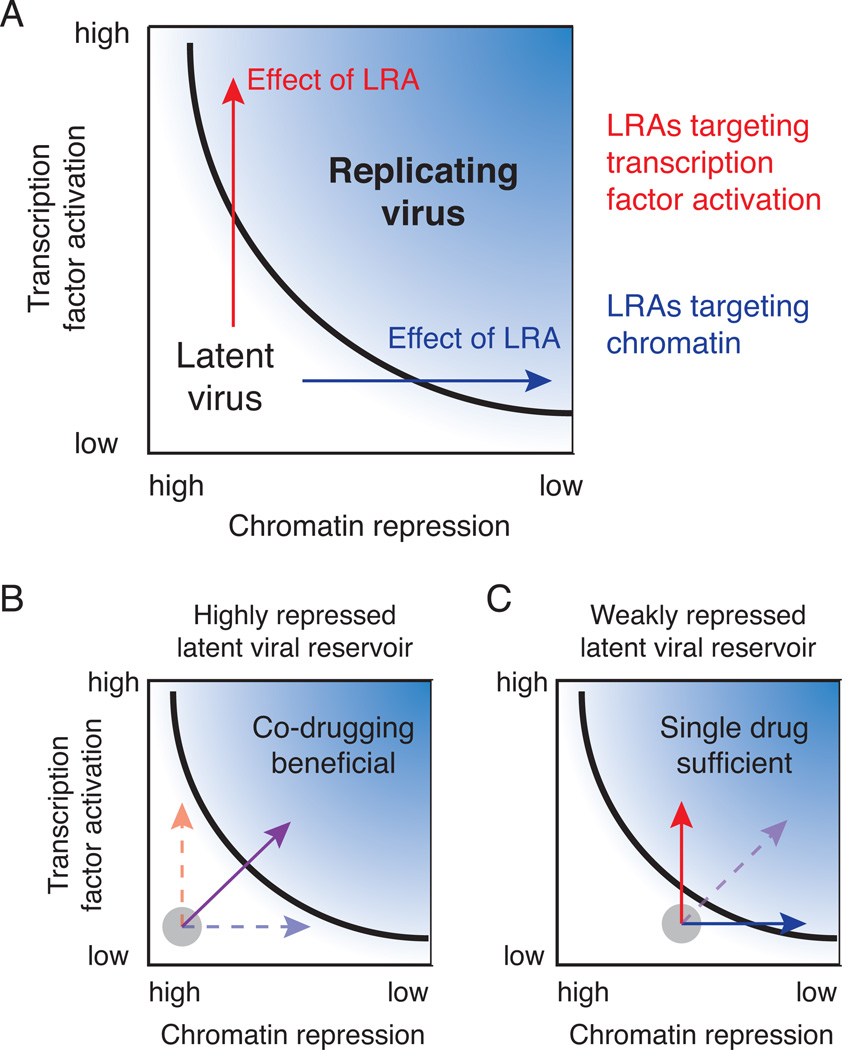Figure 7. Schematic representations of how different classes of latent HIV integrations are affected by LRA treatment.
A) Pharmacological reversal of latency moves virus from latency to a replicative state by increasing transcription factor activation (red) and/or reversing chromatin repression (blue). B-C) Viral integrations can be divided into two classes based on level of chromatin repression at the promoter. B) Viral promoter accessibility due to chromatin repression is much lower than the threshold level needed for viral activation and therefore co-drugging is beneficial (purple) or C) Promoter accessibility is close to the level required for promoter activation due to low chromatin repression and only one drug is required for activation.

